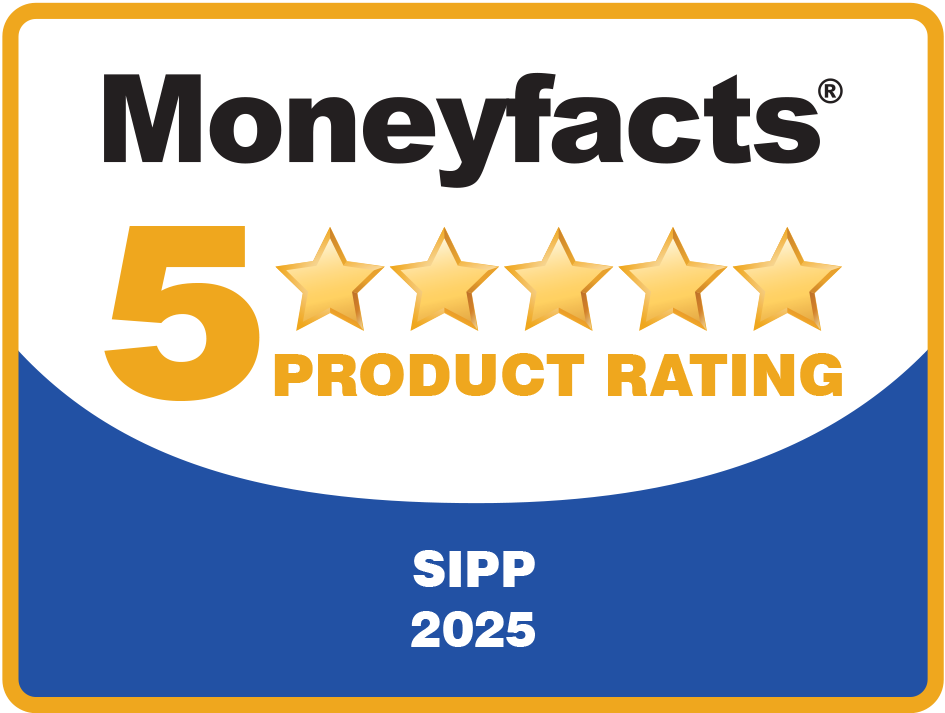3 practical areas to consider if your client wants to move their SIPP or SSAS
Looking back over 2022, one of the most frequent conversations we had with financial advisers was about SIPPs with other providers that held commercial property, and whether these could be transferred to IPM in-specie.
You will likely be aware that IPM are experts in the area of holding commercial property within a SIPP. We own more than 1,100 properties on behalf of our clients and typically have 40 to 50 transactions ongoing at any one time.
The expertise and personal service of our staff together with our competitive charging structure are just two reasons why many advisers trust IPM to help their clients in what can often be an emotive situation.
Over the last few months, we’ve noticed that the number of times we are asked whether we can accept a transfer in-specie from another SIPP provider (or SSAS) is on the increase. Often, we find that a situation has arisen with a client’s current provider that has led them to making the call to their adviser about a transfer. There is usually a tipping point.
Transferring a SIPP (or SSAS) that holds property is not as straightforward as clients may often think or hope. While it is possible, we find that setting expectations at the outset as to what the process involves helps manage the situation for all concerned.
In this article, you can read about five areas that you need to consider before starting a transfer in-specie of property.
Read on for three common reasons that lead a client to pick up the phone to their adviser asking about the transfer. You can also read about some of the issues to consider before proceeding further.
1. The existing SIPP/SSAS is expensive
The SIPP market has developed over the years and offers a broad range of products with various charging structures. If your client wants to purchase a property, the bespoke end of the market will provide the solution you are looking for.
To reflect this specialist area, bespoke SIPPs are at the higher end of what clients can expect to pay in terms of fees.
You have previously read about the varying levels of charges levied by SIPP providers and how these can be difficult to navigate. Different providers will charge for different things and, where two providers do make the same charge, the amounts can often vary.
IPM has one of the most competitive charging structures on the market for holding a commercial property within a SIPP. This is largely down to the fact that we don’t charge an annual property fee, an annual borrowing fee, or an annual group SIPP fee on top of our standard annual administration fee.
Once a property has been bought, a client will typically pay us £540 + VAT per annum (unless they are in drawdown, or the property is VAT-registered).
You often tell us that other SIPP providers charge significantly more than this. Another common theme is that other SIPP providers can make many ad hoc charges, meaning a client’s annual charges can vary.
In addition, providers can increase their fees at short notice, or a SIPP provider is bought by a competitor, which leads to a change in fees. It is one, all, or a combination of these factors that lead to a client to be disillusioned with the fees they are paying – especially if they are not receiving the service they expect in return.
In many instances, the IPM SIPP will offer a cost-competitive alternative. However, you should remember that the costs to transfer a SIPP with property can be significant.
While the costs of transfer can often be recouped by the savings in fees between what clients are currently paying and those levied by IPM, understanding what these fees will be in advance will be important to explain to your clients before the transfer commences.
2. A client is unhappy with the service levels of their current provider
The other big reason we hear that a client wants to transfer from their current provider is that they are not receiving a level of service they are happy with.
Service can be difficult to quantify. In some instances, some clients may be happy with a service they are receiving while others will feel dissatisfied. There is often a link between the level of fees a client is paying and their feelings towards service – the higher the fees, the more they expect.
However, there is usually a tipping point when something happens that leaves a client at the point of no return. Perhaps they have been unhappy for some time, and one further incident of poor service becomes the final straw.
It is important to consider the following before exploring whether a transfer is possible:
Can you or your client resolve the issue with the current provider?
Usually, the most cost-effective way to resolve a client’s issue is to see whether the SIPP provider is able to rectify a situation, improve on the service levels being offered, or suggest an alternative. Usually as an adviser you will have a point of contact with a SIPP provider who may be able to offer assistance.
Is the issue related to the provider or HMRC?
All SIPP providers work with HMRC’s Pension Tax Manual guidelines in mind. However, these are only guidelines – it is then down to each provider to interpret these guidelines and how best this fits in with their offering.
There is no point exploring a transfer if what the client is looking to do is a result of HMRC guidelines rather than provider inflexibility.
For example, if the client wants to buy a residential property a SIPP provider will say “no”, as this attracts a tax charge from HMRC starting at 40%.
However, if a client is unhappy that their SIPP provider insists that a single property manager is used as opposed to the client’s choice, this could be different with another provider.
Is the client being unreasonable with their request to the SIPP provider?
While we whisper this one (!) sometimes it’s easy to forget that it is the SIPP provider that owns the property for the benefit of the client.
There are times when a request is made to the provider that they cannot carry out – for example, a request for the client’s company that occupies the premises to stop paying rent for a period of time. While most SIPP providers will approach matters with a degree of flexibility, the provider is there to protect the pension fund and ensure that the SIPP runs in accordance with HMRC guidelines.
While the world is becoming more technologically driven, when it comes to matters such as property purchase and ownership, we believe that having relationships with people and the ability to pick up the phone is important in these scenarios.
That is why each IPM transaction is allocated to a member of our experienced property team, who will be the point of contact throughout the transaction and beyond.
3. The existing pension structure is no longer suitable
While SSASs have enjoyed a revival over the last few years, we receive requests to transfer property from SSASs for several reasons:
- The company that is acting as the sponsoring employer for the SSAS is changing ownership or being sold
- The owners of the company, who are the members of the SSAS, are retiring
- The clients no longer wish to act as managing trustees for their pension. So, a switch to a SIPP like IPM’s would see all day-to-day administrative responsibilities for running the pension scheme fall to the provider
- A loan to the company or shares in the company are no longer held, meaning that the need for a SSAS is no longer required.
While many SIPPs act on a “master trust basis” – the SIPP provider is trustee and administrator for the scheme – there are some SIPP providers who work on a co-trustee basis where the client bears some of the responsibilities for running the SIPP.
Get in touch
If you have a client who is unhappy with their current SIPP or SSAS provider, and they want to explore transferring it to IPM, please get in touch.
Email info@ipm-pensions.co.uk or call 01438 747151.



